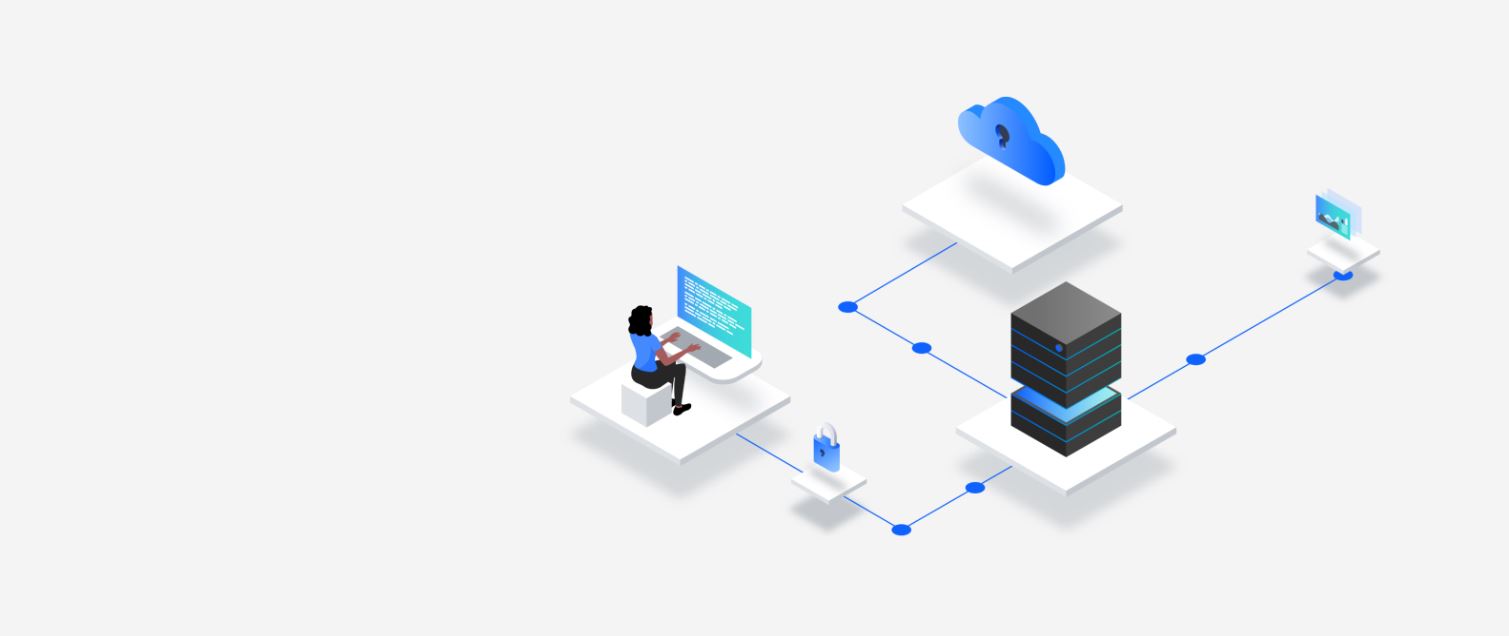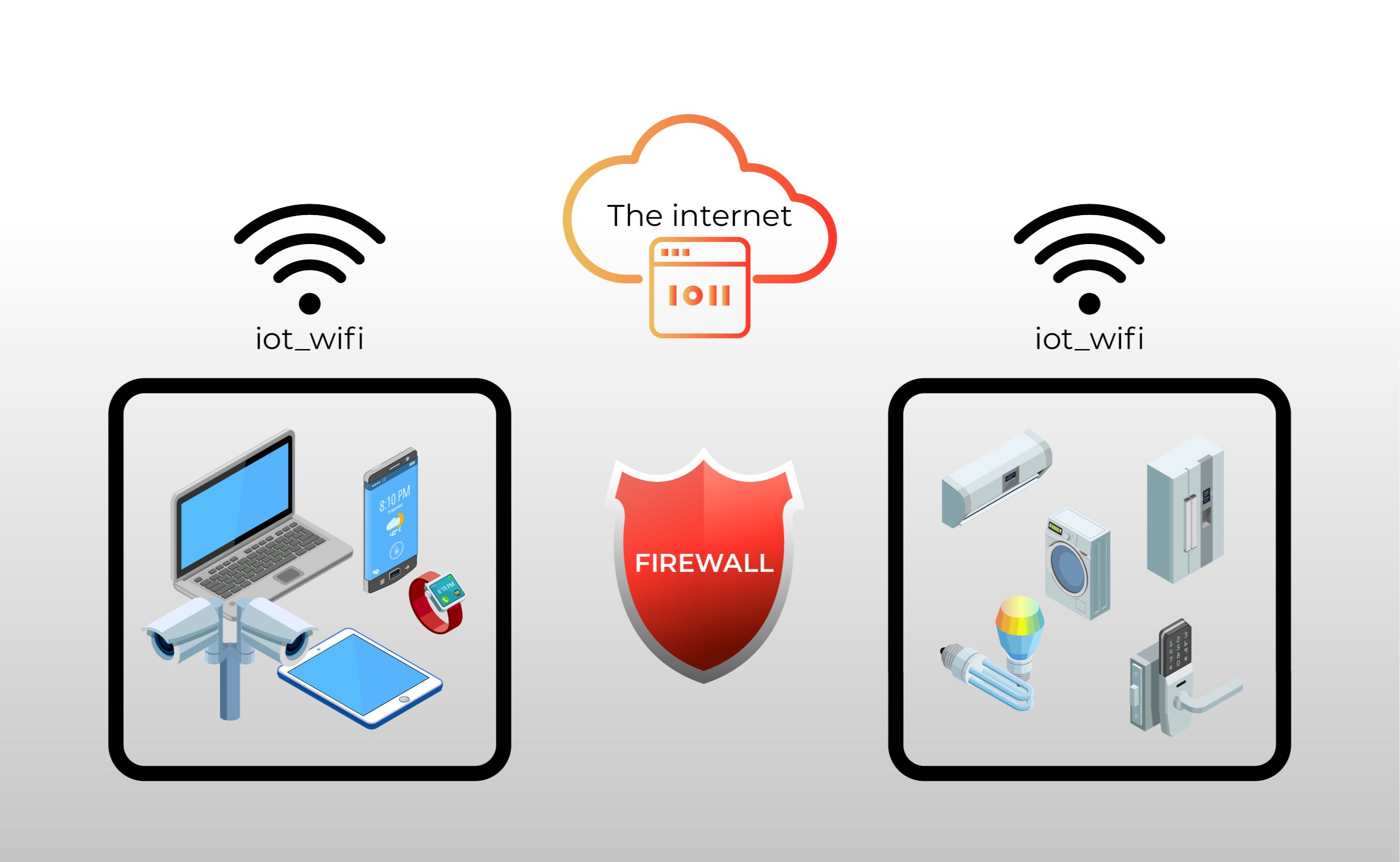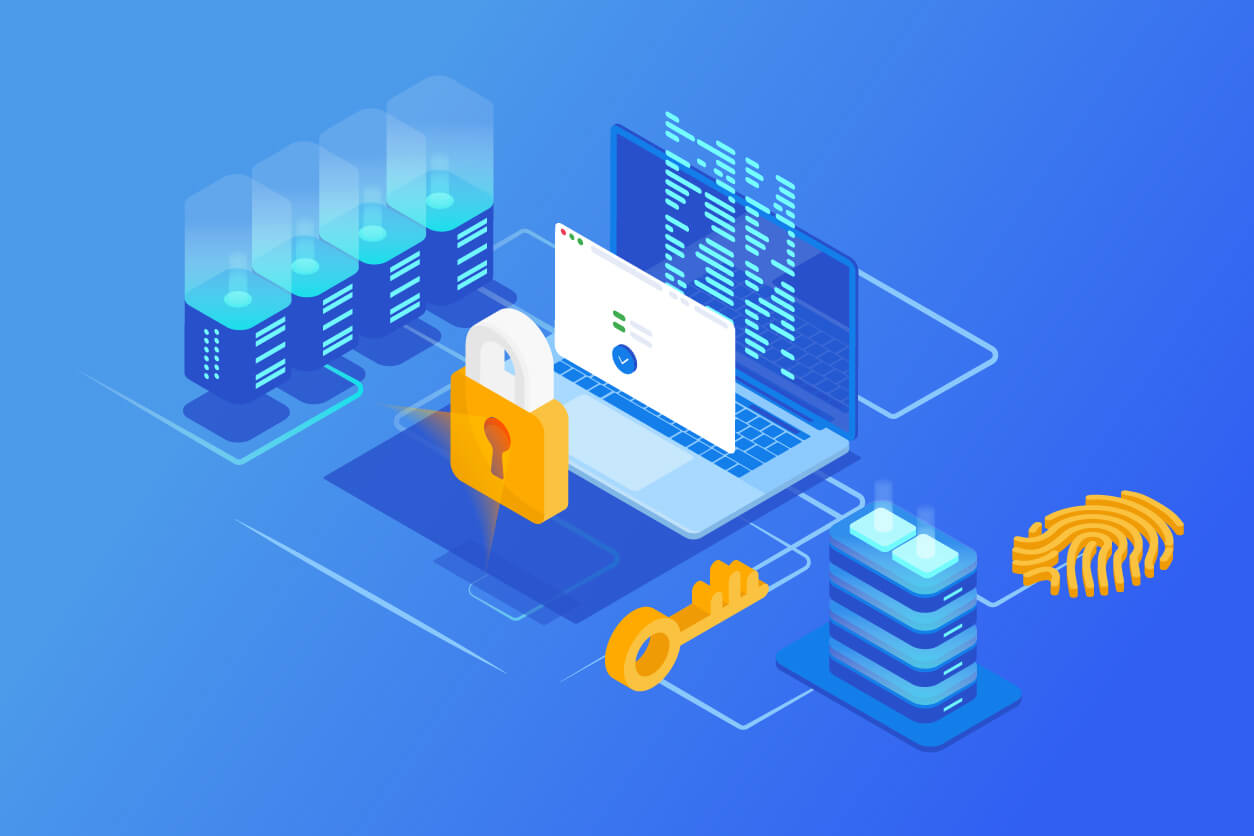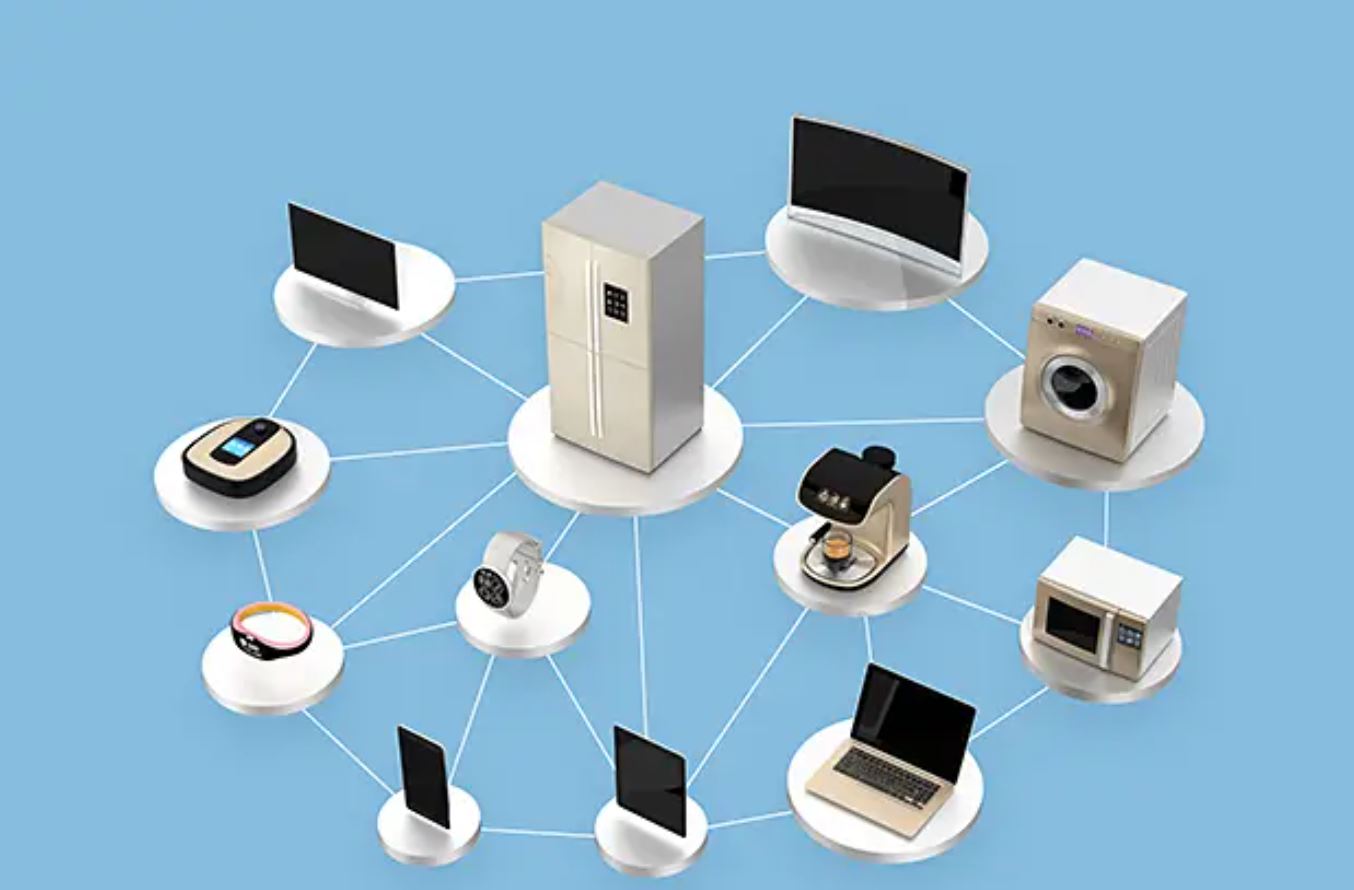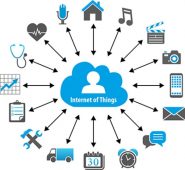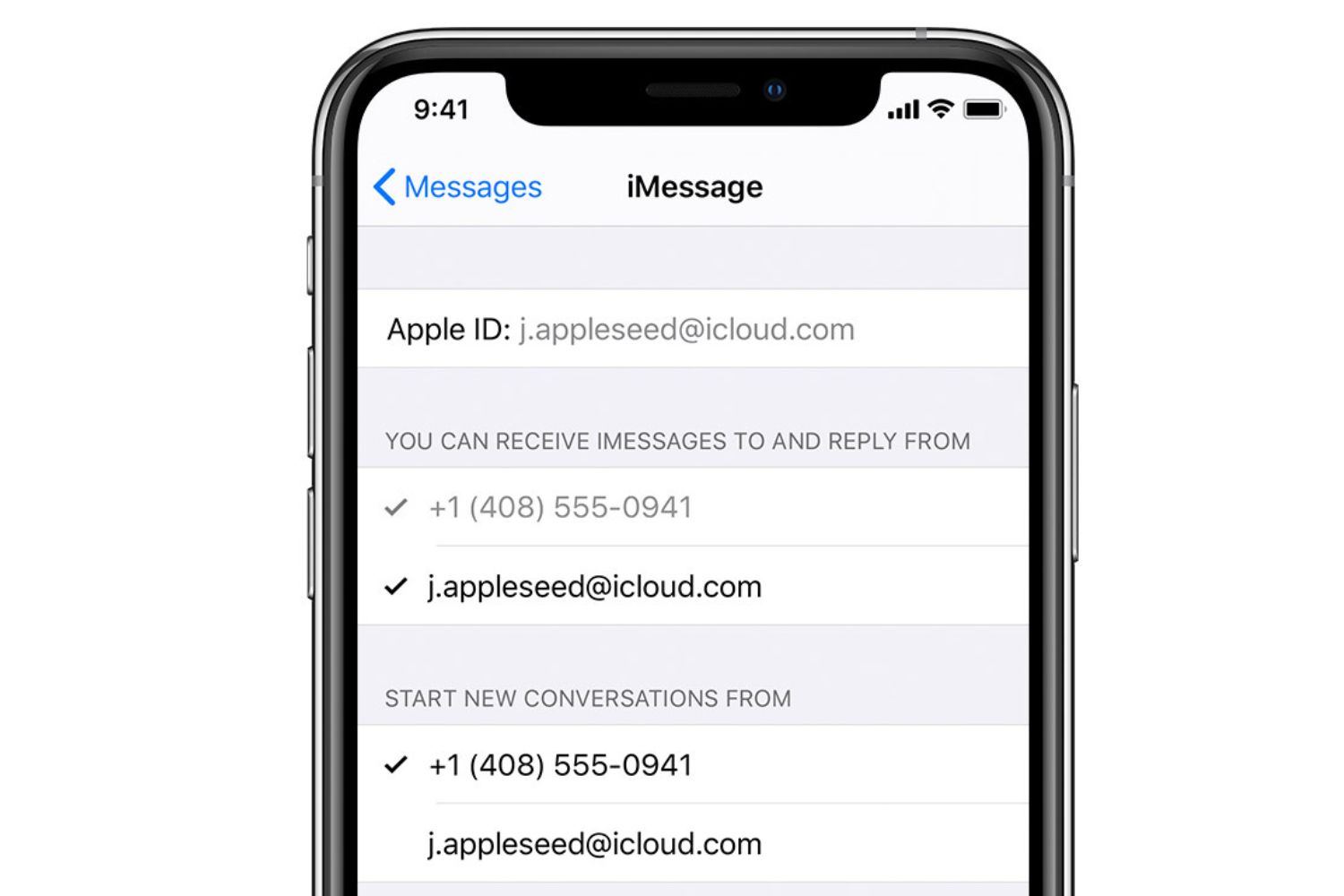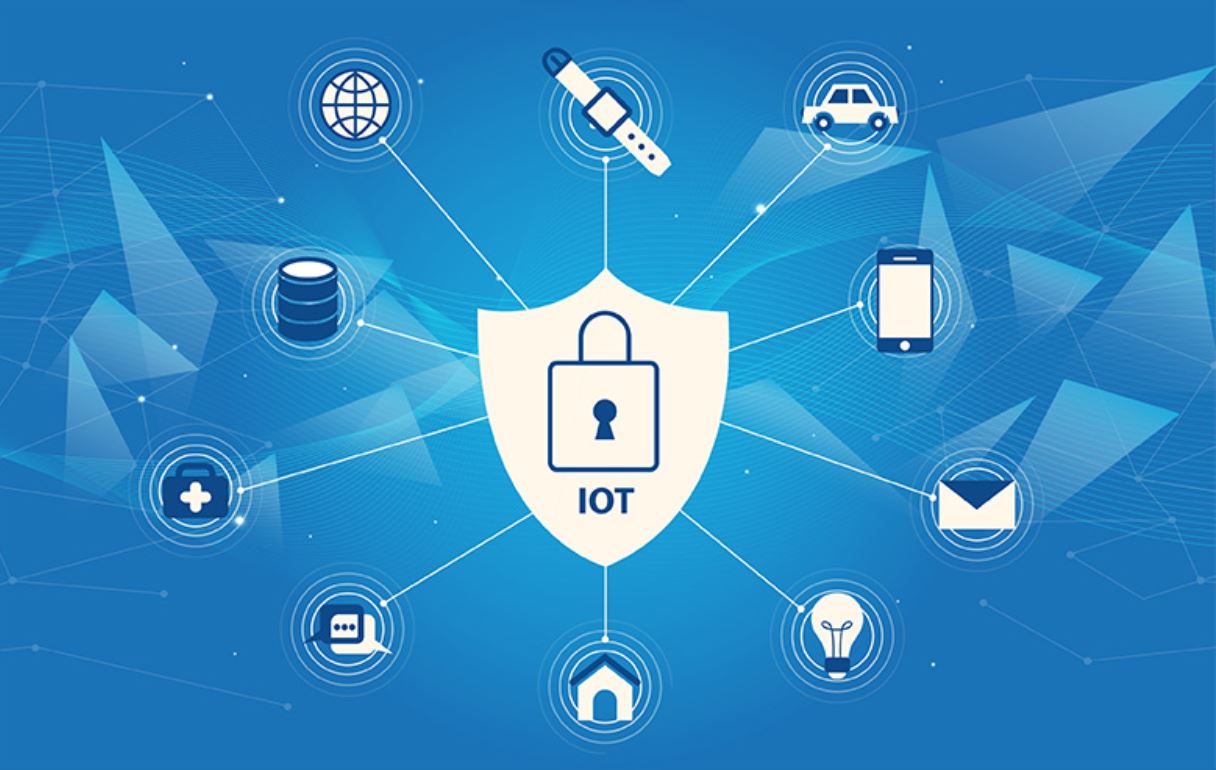Introduction
Welcome to the world of the Internet of Things (IoT), where everyday devices and objects are connected to the internet, enabling them to communicate and share data with each other. As technology continues to advance, the need for efficient and seamless connectivity to IoT servers becomes increasingly vital. In this article, we will dive into the world of IoT servers and explore how to connect to them.
An IoT server acts as the central hub for all connected devices and serves as a platform for managing, storing, and processing the data exchanged between these devices. By connecting to an IoT server, you can unlock a wide array of benefits, including real-time monitoring, remote control, data analysis, and automation.
Connecting to an IoT server requires careful consideration and planning. With numerous options available in the market, it’s important to select the right server that meets your specific requirements. Additionally, setting up the server and establishing a reliable connection is essential for a successful IoT implementation.
In this article, we will guide you through the process of connecting to an IoT server. We’ll cover important aspects such as choosing the right server, setting it up, and troubleshooting common issues that may arise during the connection process. By the end of this article, you’ll have a clear understanding of how to establish a secure and stable connection to your IoT server.
So let’s dive in and explore the world of IoT servers and how you can connect to them to unlock the full potential of your connected devices.
What is an IoT Server?
An IoT server is a crucial component of the Internet of Things (IoT) ecosystem. It acts as a central hub that connects and manages various IoT devices and enables communication between them. The server plays a vital role in collecting, storing, and processing the immense amount of data generated by these connected devices.
At its core, an IoT server acts as a middleware that facilitates the seamless transmission of data between IoT devices and applications. It provides a platform for data storage, device management, and analytics, allowing businesses and individuals to harness the power of the IoT.
An IoT server consolidates and organizes data from numerous IoT devices, allowing for real-time monitoring and control. It enables the aggregation and analysis of data, unlocking valuable insights that can drive operational efficiency, improve decision-making, and enhance user experiences.
Functionally, an IoT server performs several key tasks to ensure the smooth functioning of the IoT ecosystem:
- Data Management: An IoT server collects data from connected devices and stores it in a structured manner. It ensures the integrity, security, and accessibility of the accumulated data, making it available for analysis and retrieval.
- Device Management: The server acts as a central control point for managing and monitoring connected devices. It facilitates device provisioning, configuration, and firmware updates, ensuring optimal performance and security.
- Protocol Transformation: An IoT server is responsible for translating data from various devices with different communication protocols into a standardized format. This allows for interoperability between devices from different manufacturers and smooth communication within the IoT network.
- Integration with Applications: IoT servers provide APIs and integration capabilities that enable seamless connectivity between IoT devices and external applications or systems. This allows for the development of custom applications and the integration of IoT data into existing business processes.
Overall, an IoT server acts as the backbone of the IoT infrastructure, facilitating efficient communication, data management, and device control. It empowers organizations and individuals to leverage the full potential of the IoT by enabling them to effectively handle the complexities and challenges associated with interconnected devices and data streams.
Benefits of Connecting to an IoT Server
Connecting to an IoT server offers a multitude of benefits that can greatly enhance efficiency, convenience, and productivity in various industries and everyday life. Whether you are a business owner, a homeowner, or an individual seeking to leverage the power of connected devices, here are some key advantages of connecting to an IoT server:
- Real-time Monitoring: By connecting to an IoT server, you can monitor your IoT devices in real time. This allows for immediate visibility into device performance, enabling you to detect issues, track metrics, and make informed decisions based on real-time data.
- Remote Control: An IoT server enables remote control of connected devices. Whether it’s adjusting the thermostat in your home, controlling manufacturing equipment in a factory, or managing a fleet of vehicles, you can remotely monitor and control devices from anywhere using a smartphone or computer.
- Data Analysis: Connecting to an IoT server provides access to a vast amount of data collected from connected devices. This data can be analyzed to gain valuable insights, identify patterns, and make data-driven decisions to improve efficiency, optimize processes, and enhance customer experiences.
- Automation: IoT servers facilitate automation by allowing devices to communicate with each other and perform predefined actions based on triggers. This automation reduces manual effort, enhances operational efficiency, and enables the creation of smart and interconnected systems.
- Improved Efficiency: By connecting devices to an IoT server, you can streamline operations, reduce downtime, and optimize resource utilization. For example, predictive maintenance based on real-time device data can help identify potential issues before they become critical, minimizing costly repairs and maximizing uptime.
- Enhanced Safety and Security: IoT servers often include robust security measures to protect data and devices from unauthorized access. This ensures that sensitive information remains secure and safeguards against potential cybersecurity threats.
These are just a few examples of the many benefits that connecting to an IoT server can offer. Whether it’s improving operational efficiency, enabling remote management, or leveraging data-driven insights, the power of connected devices and IoT servers can revolutionize the way we interact with technology and drive innovation in various domains.
Choosing an IoT Server
Choosing the right IoT server is a critical decision that can impact the effectiveness and success of your IoT implementation. With a wide range of options available in the market, it’s important to consider several factors before making a choice. Here are some key considerations to keep in mind when selecting an IoT server:
- Scalability: Evaluate the scalability of the IoT server to ensure it can handle the growth of your IoT ecosystem. Consider the number of devices it can support, the volume of data it can handle, and its ability to accommodate future expansion.
- Compatibility: Check if the IoT server is compatible with your existing devices, protocols, and applications. It should seamlessly integrate with your current infrastructure to avoid compatibility issues and ensure smooth communication between devices.
- Data Management: Consider the data management capabilities of the IoT server. It should provide reliable and secure storage, efficient data processing, and analytics capabilities to derive meaningful insights from the collected data.
- Security: Pay close attention to the security features offered by the IoT server. Look for encryption protocols, user access controls, and authentication mechanisms to safeguard your data and devices from potential threats.
- Reliability: Research the track record and reputation of the IoT server provider. Look for reviews, testimonials, and customer feedback to ensure that the server is reliable and stable, minimizing the risk of downtime and disruptions.
- Support and Documentation: Evaluate the level of support and documentation provided by the IoT server provider. Ensure that they offer reliable customer support, comprehensive documentation, and resources to assist you in setting up and troubleshooting the server.
- Cost: Consider the cost of the IoT server, including upfront expenses, ongoing maintenance, and any additional fees for advanced features or scalability. Evaluate the cost-effectiveness of the server in relation to the value it provides to your IoT implementation.
By taking these factors into account and conducting thorough research, you can make an informed decision and select an IoT server that meets your specific needs and requirements. Remember that the IoT server will be the foundation of your connected ecosystem, so making the right choice is crucial to ensure smooth and efficient IoT operations.
Setting up your IoT Server
Setting up your IoT server is a crucial step in establishing a stable and secure connection for your connected devices. While the specific process may vary depending on the server you choose, here are some general steps to help you get started:
- Hardware Requirements: Determine the hardware requirements for your IoT server. This may include a dedicated server machine or a cloud-based server solution, depending on your needs and scalability requirements.
- Installation and Configuration: Install the necessary software and configure your IoT server. Follow the instructions provided by the server provider, ensuring that you accurately set up settings such as network connectivity, security protocols, and data storage options.
- Device Provisioning: Set up a process for provisioning and connecting your IoT devices to the server. This may involve assigning unique identifiers, configuring network settings, and establishing secure authentication methods for device communication.
- Data Management: Define the data management strategy for your IoT server. Determine how you will collect, store, and process the data generated by your connected devices. Ensure that you have adequate storage capacity and efficient data processing capabilities.
- Integration: Integrate the IoT server with your existing systems or applications, if necessary. Consider the compatibility of APIs and data formats to establish seamless communication between the IoT server and other software components.
- Testing and Validation: Perform thorough testing and validation to ensure the proper functioning of your IoT server. Test device connectivity, data transmission, and system response to verify that everything is working as expected.
- Security Measures: Implement robust security measures to protect your IoT server and the data it handles. This may include setting up firewalls, implementing encryption protocols, and establishing access controls to prevent unauthorized access and protect against cyber threats.
Remember to refer to the documentation and guidelines provided by your IoT server provider for specific instructions on setting up and configuring the server. Following best practices and ensuring a secure and reliable setup will lay a solid foundation for your IoT implementation and enable a smooth and efficient connection between your devices and the server.
Connecting to your IoT Server
Once you have set up your IoT server, the next step is to establish a connection between your IoT devices and the server. Follow these steps to connect your devices to the IoT server:
- Connectivity Options: Determine the connectivity options available for your IoT devices and the server. This may include Ethernet, Wi-Fi, cellular, or other wireless communication protocols. Choose the most suitable connectivity option based on your requirements, device capabilities, and network availability.
- Device Configuration: Configure your IoT devices to connect to the IoT server. This typically involves providing the server’s IP address or domain name, port numbers, security credentials, and other necessary settings. Consult the device documentation or manufacturer guidelines for specific instructions.
- Protocol Selection: Choose a communication protocol that is supported by both your IoT devices and the server. Common protocols used in IoT include MQTT, CoAP, and HTTP. Configure the devices and the server to use the selected protocol for data exchange.
- Authentication and Security: Implement appropriate authentication and security measures to ensure secure communication between your devices and the IoT server. This may involve setting up username/password credentials, device certificates, or using API keys for authentication purposes.
- Testing and Troubleshooting: Test the connectivity between your devices and the IoT server to ensure a successful connection. Monitor data transmission, validate device registration, and troubleshoot any issues that arise. Use debugging tools, logging mechanisms, and network analyzers to identify and resolve any connectivity or configuration problems.
- Monitoring and Maintenance: Continuously monitor the connection between your devices and the IoT server. Implement mechanisms to detect and respond to connection failures, latency issues, or other performance bottlenecks. Regularly update and maintain your devices’ firmware and server software to ensure compatibility and security.
Remember to consult the documentation and guidelines provided by your IoT device manufacturer and the server provider to ensure accurate configuration and setup. Following best practices for connectivity and security will help you establish a reliable and secure connection between your IoT devices and the server, enabling seamless data exchange and control.
Troubleshooting Common Connection Issues
While connecting to an IoT server, you may encounter some common connection issues. Understanding and troubleshooting these problems can help ensure the stability and reliability of your IoT network. Here are some common connection issues and their troubleshooting steps:
- Device Not Connecting: If your IoT device is not connecting to the server, check if the device is properly configured with the correct server credentials and communication protocol. Verify that the device has a stable internet connection and that the server is accessible. Ensure that there are no firewall or router settings blocking the device’s communication with the server.
- Inconsistent Data Transmission: If you’re experiencing inconsistent data transmission or data loss, check the signal strength or network coverage for your IoT devices. Consider optimizing the placement of devices or using signal boosters or range extenders to improve connectivity. Additionally, ensure that the server is capable of handling the data volume and rate generated by the devices.
- Latency or Slow Response: If your IoT devices exhibit high latency or slow response times, check the server’s processing capabilities and network bandwidth. Ensure that your server infrastructure can handle the workload and data processing requirements. Consider optimizing the network routing or adding additional server resources to improve response times.
- Security Issues: If you suspect security issues with your IoT connection, double-check the security measures implemented on both the devices and the server. Ensure that you have implemented secure communication protocols, encryption, and secure authentication mechanisms. Regularly update device firmware and server software to incorporate the latest security patches.
- Authentication Failures: If you encounter authentication failures, verify that the credentials entered on the devices and the server are correct. Ensure that the device certificates or API keys are valid and have not expired. Check for any mismatch in the authentication settings between the device and the server.
- Interference or Signal Congestion: In a crowded network environment, interference or signal congestion can affect IoT connectivity. If you experience connection issues, try changing the Wi-Fi channel or using a less crowded frequency band. Consider using mesh networks or other technologies to improve network coverage and reduce interference.
Should you encounter any of these connection issues, consult the documentation provided by the IoT device manufacturer and the server provider. Additionally, seek assistance from their support channels, forums, or communities. By troubleshooting these common connection issues, you can ensure a stable and reliable IoT connection for your devices and facilitate seamless communication with the server.
Conclusion
Connecting to an IoT server is a critical step in harnessing the power of the Internet of Things. By establishing a connection between your IoT devices and the server, you can unlock a wide range of benefits including real-time monitoring, remote control, data analysis, and automation.
In this article, we explored the world of IoT servers and discussed the importance of selecting the right server that meets your specific requirements. We also provided guidance on setting up and connecting to the IoT server, as well as troubleshooting common connection issues.
When choosing an IoT server, factors such as scalability, compatibility, data management capabilities, security, and reliability should be carefully considered. It is crucial to evaluate different options and select a server that aligns with your needs and future growth plans.
Setting up the IoT server involves hardware installation, software configuration, device provisioning, data management, integration with existing systems, and security implementation. Following best practices and guidelines provided by the server provider can help ensure a smooth and successful setup process.
Connecting your devices to the IoT server involves configuring device settings, selecting the appropriate communication protocols, implementing authentication and security measures, and testing the connectivity. Troubleshooting common connection issues such as device not connecting, inconsistent data transmission, latency, and security problems can help maintain a reliable and secure IoT network.
In conclusion, by following the steps outlined in this article, you can establish a robust connection between your IoT devices and the server, enabling seamless data exchange, real-time monitoring, and efficient control. With the right IoT server and a solid connection in place, you can fully leverage the potential of the Internet of Things to drive innovation, improve operational efficiency, and enhance user experiences across various industries and everyday life.







